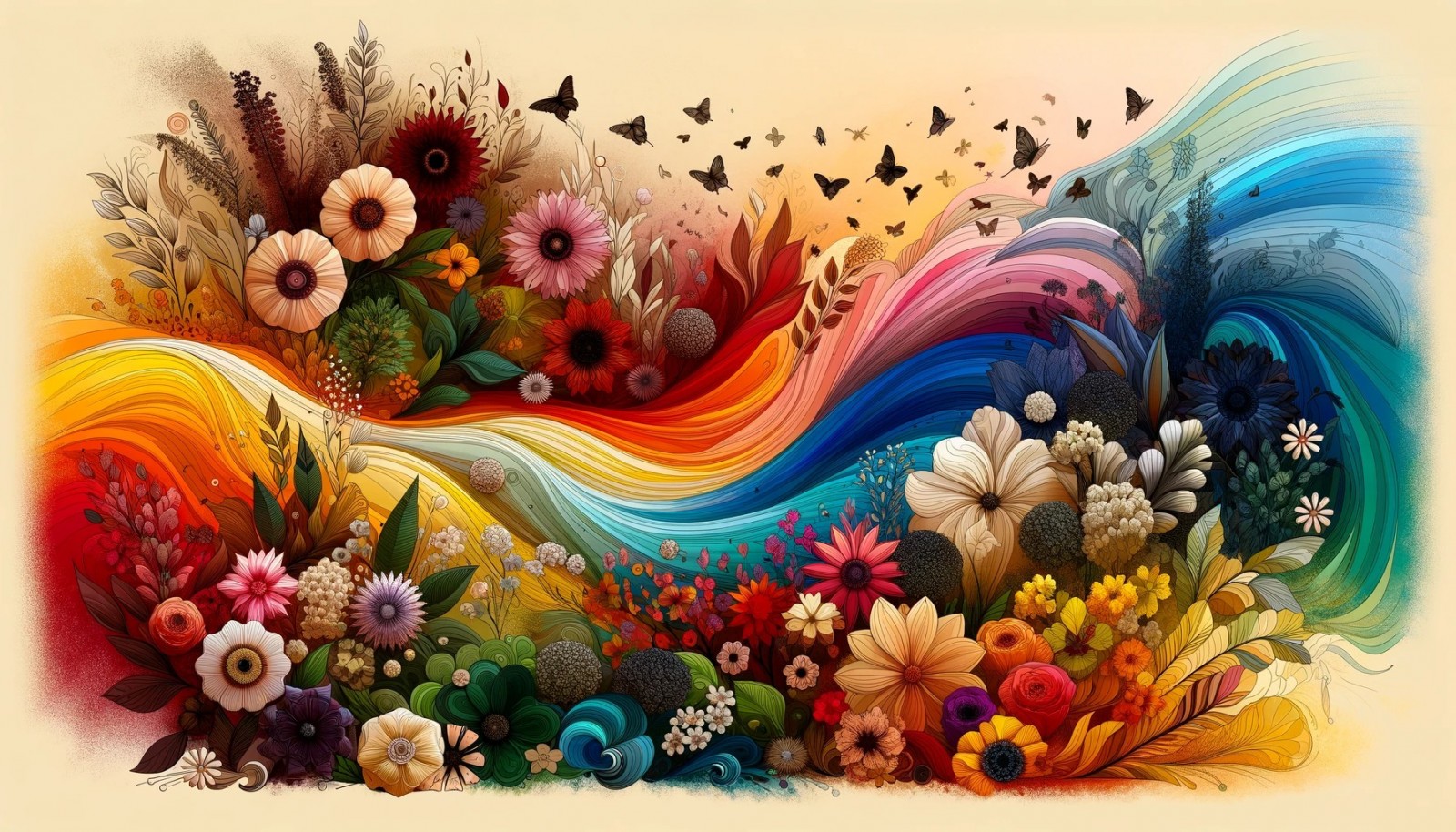
Tarot cards have been used for centuries as a tool for divination, guidance, and self-reflection. Beyond the imagery, symbolism, and numerology typically studied in Tarot readings, the colors imbued in each card also play a significant role in understanding its message. Different colors evoke various feelings, energies, and meanings. By understanding the significance of these colors, one can deepen their connection and interpretation of the Tarot.
Meaning: Passion, Energy, Desire
Description: Red is the color of the root chakra and symbolizes strong emotions, desires, and physical energies. It typically represents action, courage, and drive.
Nuances: From deep crimson to fiery scarlet, the shades of red can range from passionate love to raw aggression.
Historical Associations: Historically linked to royalty, courage, and martyrdom.
Card Examples: The Emperor and Strength.
Meaning: Intuition, Calmness, Communication
Description: Connected with the throat chakra, blue symbolizes communication, truth, and expression. It can also suggest peace and calm emotions.
Nuances: Represents everything from peaceful introspection (pale blue) to deep mysticism (indigo).
Historical Associations: Historically linked to divinity, representing heavens and spiritual transcendence.
Card Examples: The High Priestess and The Star.
Meaning: Optimism, Intellect, Personal Power
Description: Representing the solar plexus chakra, yellow signifies confidence, clarity, and intellectual energy.
Nuances: Bright yellow signifies sunny optimism, whereas mustard yellow hints at caution.
Historical Associations: Linked to gold and the sun, symbolizing divine energy and enlightenment.
Card Examples: The Sun and The Fool.
Meaning: Healing, Abundance, Balance
Description: Green is the color of the heart chakra and represents healing energies, growth, and abundance. It typically signifies balance and harmony.
Nuances: Light green represents new beginnings, while dark green can indicate ambition or jealousy.
Historical Associations: Historically linked to fertility, nature, and life.
Card Examples: The Empress and Seven of Pentacles.
Meaning: Spirituality, Intuition, Transformation
Description: Purple is associated with the crown chakra and represents spiritual enlightenment, intuition, and transformation.
Nuances: Light purple can indicate gentle spiritual insights, while deep purple suggests deep spiritual knowledge.
Historical Associations: Historically linked to royalty, divinity, and wisdom.
Card Examples: The Moon and The High Priestess.
Meaning: Mystery, Unconscious, Endings
Description: Represents the unknown or the unconscious. While indicating negativity or endings, it also suggests deep reflection.
Nuances: Represents profound mysteries or fertile grounds for new beginnings.
Historical Associations: Symbolizes the void, endings, but also rebirth.
Card Examples: Death and The Tower.
Meaning: Grounding, Stability, Practicality
Description: The color of Earth, symbolizing grounding energies and practical matters.
Nuances: Can represent practical life or hint at stagnation.
Historical Associations: Seen as humble, linked to soil and agrarian life.
Card Examples: The Hermit and Five of Pentacles.
Meaning: Creativity, Emotional Balance, Relationships
Description: Resonates with the sacral chakra, symbolizing relationships, emotions, and creativity.
Nuances: A mix of red's passion and yellow's joy, but can also mean overindulgence.
Historical Associations: Linked to harvest and autumnal transitions.
Card Examples: The Wheel of Fortune and Three of Cups.
Meaning: Love, Compassion, Harmony
Description: A softer aspect of the heart chakra, representing unconditional love, compassion, and harmony.
Nuances: Beyond romantic love, pink indicates self-care and personal harmony.
Historical Associations: Tied to femininity, innocence, and romantic ideals.
Card Examples: Two of Cups and The Lovers.
Meaning: Prosperity, Wisdom, Divine Protection
Description: In Tarot, gold is a sign of divine protection, prosperity, and wisdom.
Nuances: Beyond prosperity, it can mean divine inspiration.
Historical Associations: Seen as divine favor, linked to deities and the heavens.
Card Examples: The Magician and Ten of Pentacles.
Meaning: Intuition, Lunar Energies, Ambiguity
Description: Connects to lunar energies, the feminine, and intuition. May also indicate transitions or ambiguity.
Nuances: Silver indicates feminine divine energies, while grey suggests ambiguity.
Historical Associations: Silver ties to the moon, femininity, and the subconscious.
Card Examples: The Moon and The Hanged Man.
Integrating the meanings, descriptions, and deeper insights offers a holistic understanding of how colors work in Tarot. However, as always with Tarot, personal intuition and individual deck symbolism play a crucial role in interpretations.